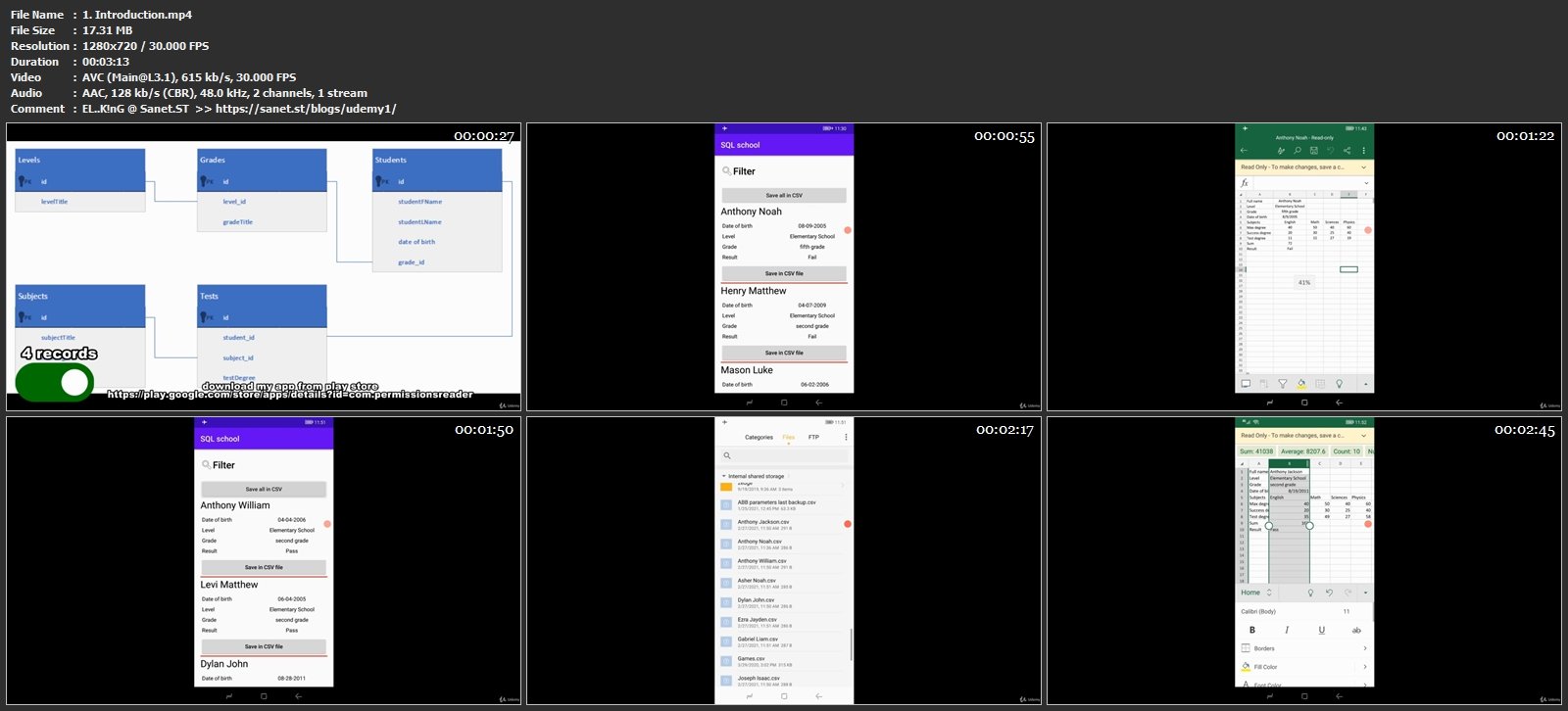

Instead of using a special value to indicate that the information is missing, NULL is used. However, both of these values do not clearly show that the birthday is unknown. To represent the unknown birthday information in the database, you may use a special date like or an '' empty string. At the time of saving the artist’s record, you don’t have the birthday information. Suppose you want to store the birthday of an artist in a table. It denotes that the information missing or the data is not applicable. The number 3 and 2 refers to the AlbumId and Milliseconds in the column list that appears in the SELECT clause.
SQLITE BROWSER ANDROID STUDIO CODE
ORDER BY 3, 2 Code language: SQL (Structured Query Language) ( sql ) Suppose, you want to get data from name, milliseconds, and album id columns, you use the following statement: Let’s take the tracks table in the sample database for the demonstration.

You can sort the result set using a column that does not appear in the select list of the SELECT clause. Then, it sorts the sorted rows using the second column, and so on. In other words, the ORDER BY clause sorts the rows using the first column in the list. The ORDER BY clause sorts rows using columns or expressions from left to right. In case you want to sort the result set by multiple columns, you use a comma (,) to separate two columns. In other words, it sorts the result set in the ascending order by default. If you don’t specify the ASC or DESC keyword, SQLite sorts the result set using the ASC option. In this syntax, you place the column name by which you want to sort after the ORDER BY clause followed by the ASC or DESC keyword. It allows you to sort the result set based on one or more columns in ascending or descending order. The ORDER BY clause comes after the FROM clause. Column_2 DESC Code language: SQL (Structured Query Language) ( sql )


 0 kommentar(er)
0 kommentar(er)
